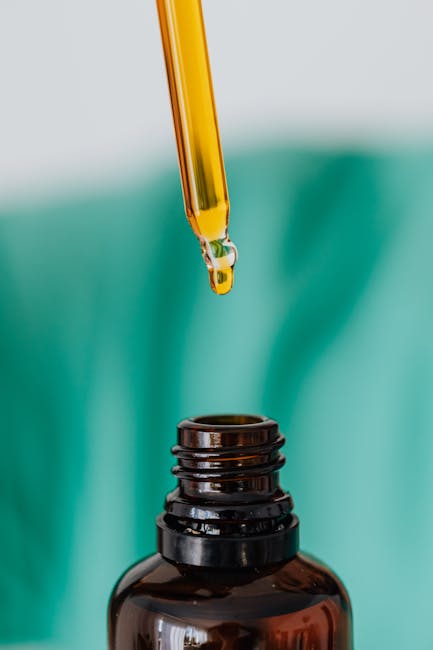What is a Whippet Drug? Unveiling the Dangers of Nitrous Oxide Abuse
What is a Whippet Drug? Unveiling the Dangers of Nitrous Oxide Abuse
The term “whippet drug” is slang for nitrous oxide, a colorless, odorless gas often abused for its euphoric effects. While it has legitimate medical uses as an anesthetic and analgesic, its recreational use carries significant risks, both short-term and long-term. This comprehensive guide explores what a whippet drug is, its effects, potential dangers, and the importance of seeking help if you or someone you know is struggling with nitrous oxide abuse.
Understanding Nitrous Oxide: Medical Uses and Recreational Misuse
Nitrous oxide (N₂O), also known as laughing gas, has a long history of use in medicine. Its anesthetic and analgesic properties make it valuable in dental procedures, surgeries, and pain management. However, its ability to induce a temporary feeling of euphoria has led to its recreational misuse, often referred to as “whippits.” This recreational use involves inhaling the gas from small, pressurized canisters, often obtained illegally.

The Allure of Whippets: Short-Term Effects and the Risk-Reward Miscalculation
The immediate effects of inhaling nitrous oxide contribute to its appeal among recreational users. These effects typically include:
- Euphoria: A feeling of intense happiness and well-being.
- Disinhibition: Reduced inhibitions and social anxiety.
- Lightheadedness: A sensation of dizziness and floating.
- Laughter: The origin of the nickname “laughing gas.”
- Hallucinations (at high doses): Distorted perceptions of reality.
It’s crucial to understand that these short-term effects are deceptive. The pleasurable sensation is temporary, and the long-term consequences of nitrous oxide abuse far outweigh the fleeting high. Users often underestimate the risks, engaging in a dangerous risk-reward calculation.

The Dangers of Whippet Drug Abuse: A Comprehensive Overview
The dangers associated with nitrous oxide abuse are numerous and severe, impacting various bodily systems. These include:

Short-Term Risks:
- Oxygen Deprivation: Inhaling nitrous oxide displaces oxygen in the bloodstream, leading to hypoxia. This can result in dizziness, fainting, and even death.
- Heart Problems: Nitrous oxide can affect heart rate and rhythm, potentially triggering arrhythmias or cardiac arrest, especially in individuals with pre-existing heart conditions.
- Nausea and Vomiting: Common side effects often experienced after inhaling nitrous oxide.
- Headaches: Frequent and severe headaches can be a consequence of nitrous oxide abuse.
- Numbness and Tingling: Peripheral neuropathy can develop, causing numbness and tingling in the extremities.
Long-Term Risks:
- Vitamin B12 Deficiency: Prolonged nitrous oxide use interferes with the body’s ability to absorb vitamin B12, leading to anemia, neurological damage, and potentially irreversible nerve damage.
- Mental Health Issues: Chronic nitrous oxide abuse has been linked to an increased risk of depression, anxiety, and psychosis.
- Respiratory Problems: Damage to the lungs and respiratory system can occur with chronic exposure.
- Neurological Damage: Irreversible neurological damage, including peripheral neuropathy and cognitive impairment, can result from long-term abuse.
- Bone Marrow Suppression: In severe cases, nitrous oxide abuse can suppress bone marrow function, leading to a reduction in blood cell production.
Recognizing the Signs of Nitrous Oxide Abuse
Recognizing the signs of nitrous oxide abuse is crucial for early intervention and support. Look for the following indicators:
- Unexplained Whippets or Canisters: The presence of small, metallic canisters.
- Changes in Behavior: Increased irritability, mood swings, social withdrawal, or unusual behavior.
- Physical Symptoms: Dizziness, headaches, nausea, vomiting, numbness, or tingling in the extremities.
- Financial Difficulties: Sudden financial strain due to purchasing nitrous oxide canisters.
- Neglect of Responsibilities: Decreased performance at work or school, neglect of personal hygiene, or failure to fulfill responsibilities.
Seeking Help for Nitrous Oxide Addiction
If you or someone you know is struggling with nitrous oxide addiction, seeking professional help is vital. There are effective treatment options available, including:
- Therapy: Cognitive-behavioral therapy (CBT) and other therapeutic approaches can help individuals address the underlying issues contributing to their addiction.
- Medication: In some cases, medication may be used to manage withdrawal symptoms or address co-occurring mental health disorders.
- Support Groups: Joining support groups, such as Narcotics Anonymous (NA) or similar organizations, can provide a supportive environment and connect individuals with others facing similar challenges.
- Detoxification: Medical detoxification may be necessary to manage withdrawal symptoms safely and effectively.
Conclusion: Understanding the Risks and Seeking Help
The information presented in this article highlights the significant dangers associated with nitrous oxide abuse, commonly referred to as “whippet drug.” While the initial effects may seem pleasurable, the long-term consequences can be devastating and potentially life-threatening. If you or someone you know is struggling with nitrous oxide addiction, remember that help is available. Don’t hesitate to reach out to a healthcare professional, addiction specialist, or support group for guidance and support. Early intervention can make a significant difference in recovery and overall well-being.
Remember, seeking help is a sign of strength, not weakness. It’s a crucial step towards regaining control and leading a healthy, fulfilling life free from the harmful effects of nitrous oxide abuse.






